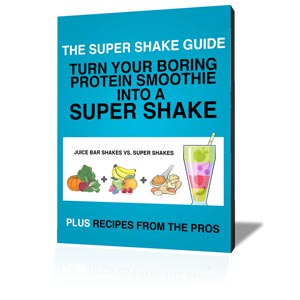The new recommendations from the Dietary Guidelines Advisory Committee are causing quite the stir in the media. Everywhere there are headlines about the flip-flop on cholesterol and fat.
Eat your eggs even if you have high cholesterol!
Have the butter, it’s not going to hurt you!
Not only am I rejoicing that the U.S. government is finally seeing the light about fat but that they are also recommending a more plant based diet. While I don’t think going vegetarian is the way for everyone, I do believe less red meat is better for the body and the planet.
What isn’t getting as much attention as these two things is the problem of added sugars. This is the first time that the Dietary Guidelines has recommended a specific upper limit of added sugar. The committee recommends Americans should limit their added sugars to no more than 10 percent of their day calories. That comes to about 10 teaspoons (or 40 g) for your average adult per day. Since I get asked all the time how much sugar is too much, this is a much needed addition to our current nutritional guidelines.
The problem is current Nutrient Facts labeling does not distinguish between sugar that has been added vs what is naturally occurring in a food.
For example, look at the label of your average plain Greek yogurt. (I use Dannon in my house). There is one ingredient – cultured grade A non-fat milk. That fits my “real food” definition. I know what milk is and it is the ONLY ingredient. The Nutrient Facts lists it as containing 9 g of sugar. These are natural milk sugars (lactose), not from anything that has been added.
Compare that with a Nature Valley Sweet and Salty Almond Granola Bar. It lists only 8 grams of sugar. If you review the ingredient list however you will find is has 5 different forms of sugar listed! If I tell my clients to reduce sugar and they are just looking at the grams of sugar which one do you think they might pick?
I would hope they pick the Greek Yogurt since they are also searching for protein. However hope isn’t a strategy. Instead here is my two-pronged approach to picking products with less added sugar.
-
Become a Sugar Detective
This means first becoming familiar with the long list of the difference names sugar goes by. You may be familiar with honey, high fructose corn syrup (which is ALWAYS a NO) and molasses but what about barley malt syrup, evaporated cane juice or maltodextrin? Check out this great list of sugar names from Women’s Health and beware of products that have one or more of these in the first three ingredients. Ingredients are listed in order from most to least in a product. If added sugar is at the top of the list chances are the bulk of those sugar grams are from an added sugar source. This means proceed with caution. If you can find an alternative product without sugar on the list choose it instead.
-
Check the Grams of Sugar
After we know if a product has sugar added we can evaluate those grams of sugar a little bit better. If the product has no form of sugar listed in the ingredient list) but still has grams of sugar list it’s ok. It won’t go toward your recommended daily allowance. It does still contain some form of carbohydrates so you just need to make sure it’s the kind your body needs for your goals. The carbs in the Greek yogurt described above are the kind we need anytime! If you have sugar in the ingredient list assume that most of those grams are from added sugar. Divide the grams by 4 to get the number of teaspoons. Ask yourself if you really want or need that much sugar. Save the higher sugar foods like bagels, energy bars and flavored nut butters for after exercise or special occasions.
I am excited and encouraged about the changes to dietary guidelines. They aren’t perfect but they are a big step in the right direction. While some won’t pay attention, many American do appreciate clearer guidelines to help them make better decisions for their health. The next step is to give them better tools to help them follow the rules. Not only do we need to separate out added sugar from naturally occurring sugar we also need to stop inventing names for sugar. Sugar is sugar, not matter where it comes from or what you choose to call it.



